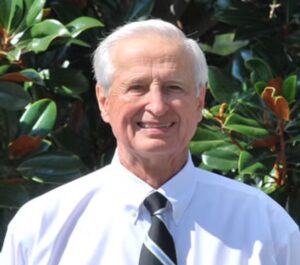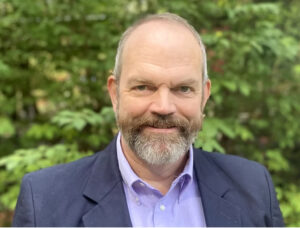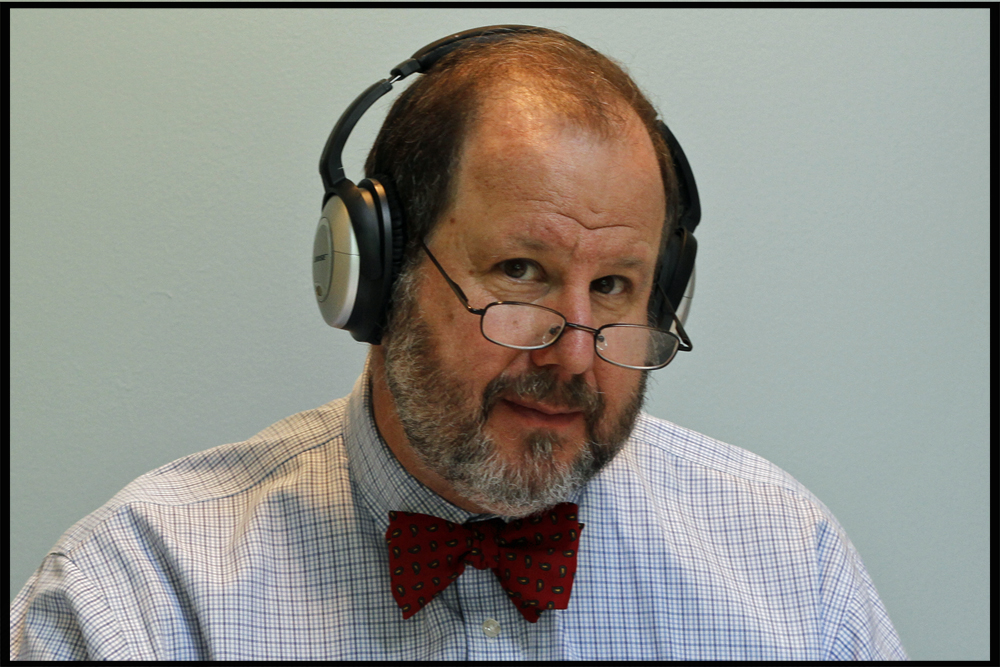
Podcast: Play in new window | Download
Subscribe: Email | | More
Welcome to Dr. M’s Women & Children First Podcast, where we engage with pioneering voices at the intersection of science, healthcare, and the well-being of families.
Today on Dr. M’s Women and Children First, we welcome Dr. Elizabeth Mumper, a physician, educator, and thought leader whose career has profoundly influenced the practice of integrative pediatrics.
Dr. Mumper earned her Bachelor of Science degree from Bridgewater College, graduating magna cum laude, before attending the Virginia Commonwealth University School of Medicine, where she received her medical degree. She completed her pediatric residency at the University of Virginia and served as Chief Resident in Pediatrics. She remained at UVA as an Associate Professor of Clinical Pediatrics from 1997 to 2005, mentoring future physicians and advancing holistic, evidence-based approaches to child health.
Following her time in academia, Dr. Mumper founded The Rimland Center for Integrative Medicine in Lynchburg, Virginia, a clinic dedicated to children with autism spectrum disorders, PANS/PANDAS, allergies, and complex chronic illnesses. Her practice integrates the best of conventional pediatrics with biomedical and functional medicine principles, always guided by compassion and curiosity.
She has been a leading educator with the Medical Academy of Pediatric Special Needs (MAPS) and a frequent international lecturer, teaching clinicians how to recognize and treat the root causes of immune dysregulation, inflammation, and neurodevelopmental challenges.
Dr. Mumper is also the author of the new book Kids and COVID, an insightful exploration of how the pandemic impacted children, physically, emotionally, and developmentally, and what lessons medicine must learn moving forward. In our conversation, we discuss her book in depth, as well as the broader implications of the COVID-19 pandemic for pediatric care, resilience, and future public health policy.
Finally, we dive into the complex topic of vaccines, considering what we’ve learned from the pandemic years and expanding the conversation begun with Dr. Paul Offit and Dr. Joel Warsh.
Dr. Mumper’s lifelong dedication to children, her fearless pursuit of truth, and her balanced, science-driven voice make her one of the most respected figures in functional medicine.
Please join me in welcoming my friend and colleague, Dr. Elizabeth Mumper.
Dr. M





















